Patagonia Quartzite Blocks provide premium raw material for architects, designers, and fabricators specifying durable natural stone in demanding applications. These rough-quarried blocks arrive unfinished from Brazilian quarries, enabling custom fabrication for diverse project requirements. Primary applications include luxury kitchen countertops and islands where exceptional hardness prevents scratching and chipping, exterior building cladding for commercial and residential structures in harsh climates, high-traffic commercial flooring in retail spaces, hotels, and corporate lobbies, bathroom vanities and shower surrounds requiring water resistance and elegant aesthetics, and statement feature walls in contemporary interiors emphasizing bold natural patterns. The distinctive gray-blue background with dramatic white and charcoal veining complements modern, industrial, and coastal design schemes while offering performance characteristics exceeding granite.
Performance and Quality Detail
Patagonia quartzite exhibits compressive strength ranging from 160 to 310 MPa, surpassing most granite varieties and providing structural integrity for load-bearing applications. Flexural strength between 20 and 30 MPa supports unsupported countertop spans up to 100 centimeters with proper reinforcement. Water absorption below 0.15 percent—among the lowest of natural stones—delivers exceptional stain resistance and freeze-thaw durability suitable for exterior installations in extreme climates. The Mohs hardness rating of 7 means Patagonia quartzite resists scratching from knives, keys, and most household materials. Unlike marble’s calcite composition, quartzite’s silica-based crystalline structure resists acid etching from lemon juice, vinegar, and wine. Natural color variation occurs between blocks due to mineral concentration differences during metamorphic formation.
Materials and Manufacturing Notes
Patagonia quartzite forms through intense metamorphism of quartz-rich sandstone deposits under extreme heat and pressure, causing individual sand grains to recrystallize into tightly interlocked mosaics. Brazilian quarries employ diamond wire saw technology for primary block extraction, minimizing internal fracturing and maximizing usable material yield. The distinctive coloration results from trace minerals including hematite (reddish tones), graphite (gray-black veining), and feldspar (white streaks). Blocks are transported internationally in rough form to reduce shipping weight and handling damage during ocean freight.
Maintenance and Care
Uninstalled blocks require dry, covered storage preventing surface staining from environmental exposure. Post-installation, Patagonia quartzite needs sealing every 18-24 months using penetrating sealers specifically formulated for dense silica-based stones. Unlike marble, quartzite tolerates acidic cleaning products without etching, though pH-neutral cleaners remain preferable for maintaining sealant integrity. Clean surfaces with soft cloths or non-abrasive sponges—abrasive scrubbers can gradually dull polished finishes. With proper maintenance, Patagonia quartzite installations exceed 80 years in interior environments and 60+ years in protected exterior applications.
Installation and Compatibility Notes
Fabrication demands industrial diamond-blade wet saws operating at controlled feed rates to prevent thermal stress fracturing in the crystalline matrix. Experienced quartzite fabricators should handle all cutting, edge profiling, and installation—quartzite’s superior hardness accelerates tool wear and extends fabrication time compared to granite. For countertops, use two-component epoxy adhesives rated for dense natural stone. Wall cladding requires stainless steel anchoring systems engineered for quartzite’s density (approximately 2,670 kg/m³) and tested to local building codes. Continuous substrate support is mandatory for tiles exceeding 45×45 centimeters.
Pros & Cons
Pros:
- Exceptional hardness (Mohs 7) and compressive strength (160-310 MPa) provide superior durability for high-traffic and heavy-use applications
- Extremely low water absorption (<0.15%) delivers outstanding stain resistance and freeze-thaw performance for exterior installations
- Acid-resistant silica composition prevents etching from common household substances unlike marble or limestone
- Dramatic gray-blue coloration with bold veining creates distinctive visual impact for statement installations
Cons:
- Premium pricing reflects Brazilian quarry sourcing, international shipping, and specialized fabrication requirements
- High hardness increases fabrication complexity, tool wear, and processing costs compared to granite or marble
- Natural directional strength variation requires expert fabrication knowledge to optimize cutting orientation for structural applications
Who should buy/Who should not buy
Ideal Buyers:
- Luxury residential homeowners seeking durable, distinctive natural stone for kitchen countertops and feature walls
- Commercial developers specifying exterior cladding for buildings in harsh climates requiring freeze-thaw resistance
- Interior designers creating bold statement installations in high-end hospitality and retail environments
- Architects designing high-traffic commercial flooring where durability and low maintenance are critical priorities
Not Recommended For:
- Budget-conscious projects where engineered quartz or standard granite provide adequate performance at lower cost
- Projects with urgent timelines (under 10 weeks) due to international shipping and specialized fabrication requirements
- DIY installations without access to industrial stone fabrication equipment and quartzite-specific expertise
Alternative Names: Patagonia Gold Quartzite, Patagonia Natural Quartzite, Patagonia Exotic Quartzite, Patagonia Stone, Patagonian Quartzite, Patagonia Fusion Quartzite, Patagonia Multicolor Quartzite
FAQs
Q1: What dimensions are available for Patagonia Quartzite Blocks?
Rough blocks typically measure 190-310 cm in length and 160-210 cm in height. Custom dimensions may be negotiable with extended lead times and potential premium pricing based on quarry extraction requirements.
Q2: Can Patagonia quartzite be used for outdoor kitchen countertops?
Yes, the extremely low water absorption (<0.15%) and excellent freeze-thaw resistance make it suitable for exterior applications. Ensure proper sealing and drainage to prevent standing water accumulation.
Q3: How does Patagonia quartzite compare to granite for scratch resistance?
Patagonia quartzite (Mohs 7) is harder than most granites (Mohs 6-7), providing superior scratch resistance from knives and everyday kitchen tools without requiring cutting boards.
Q4: Is special maintenance required for Patagonia quartzite?
Seal every 18-24 months with penetrating sealer formulated for quartzite. Clean with pH-neutral stone cleaner. Unlike marble, acidic substances will not etch the surface but may affect sealant performance.
Q5: What causes the blue-gray coloration in Patagonia quartzite?
The distinctive coloring results from trace mineral inclusions—primarily hematite and graphite—incorporated during high-temperature metamorphism of the original quartz-rich sandstone.
Q6: Does cutting orientation affect performance in countertop applications?
Yes, cross-grain cutting (perpendicular to bedding planes) provides 15-25 percent higher flexural strength than with-grain cuts, particularly important for unsupported overhangs exceeding 30 cm.

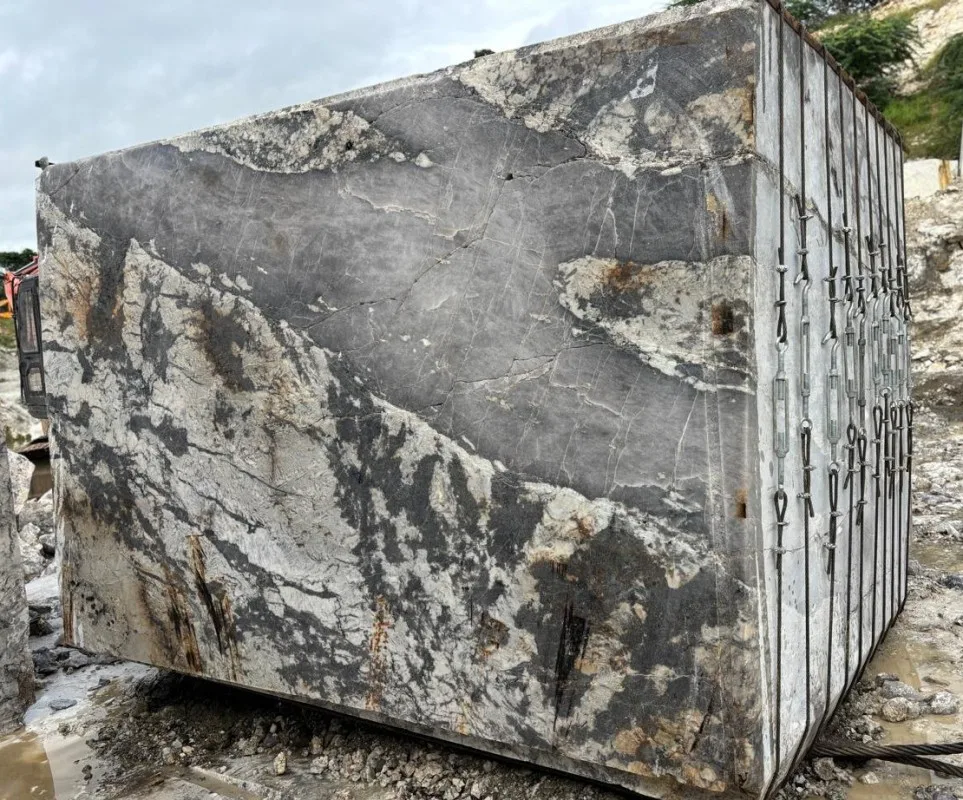
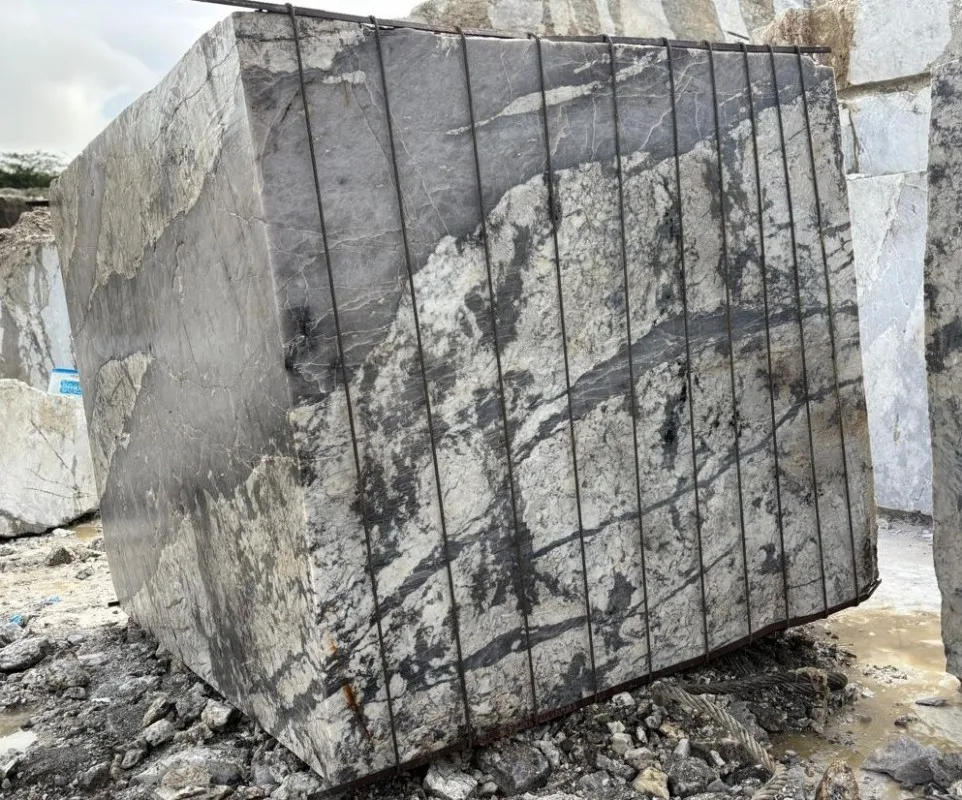
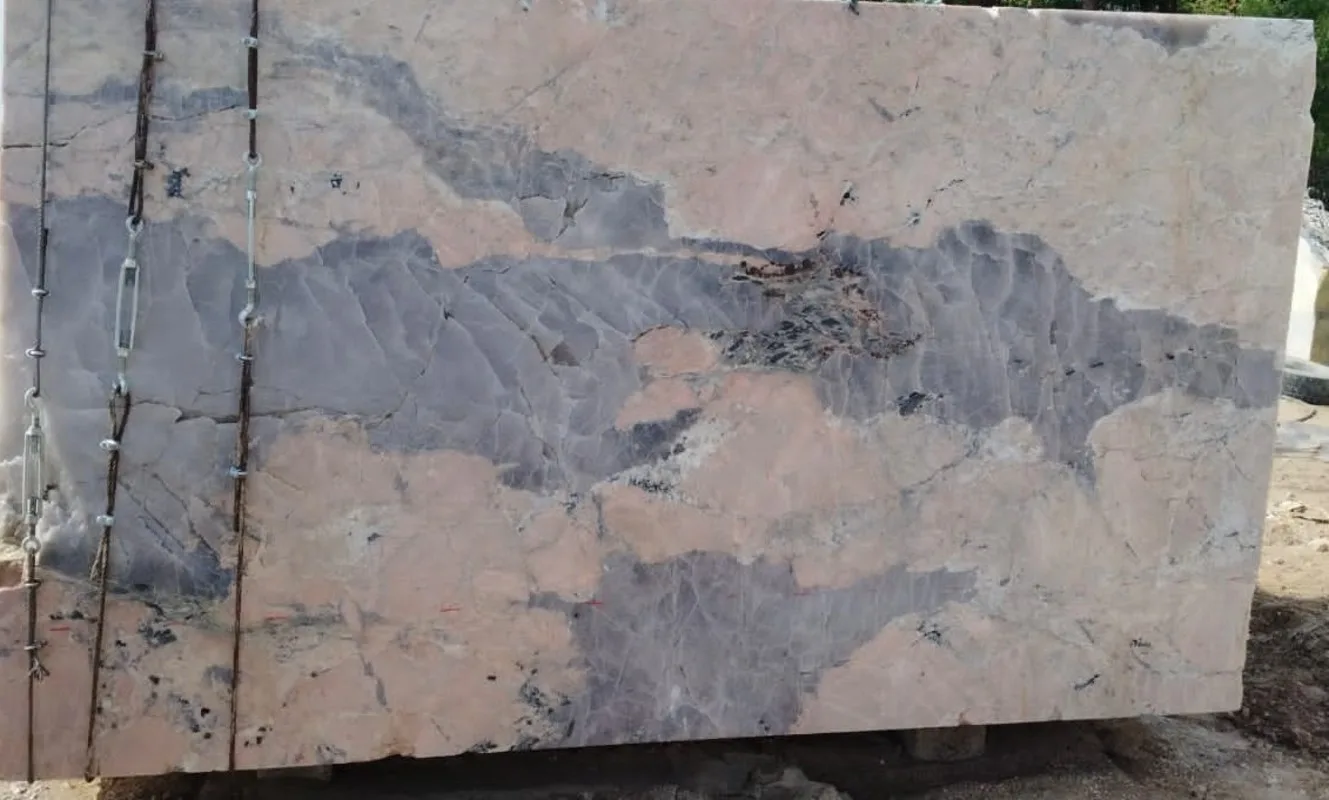
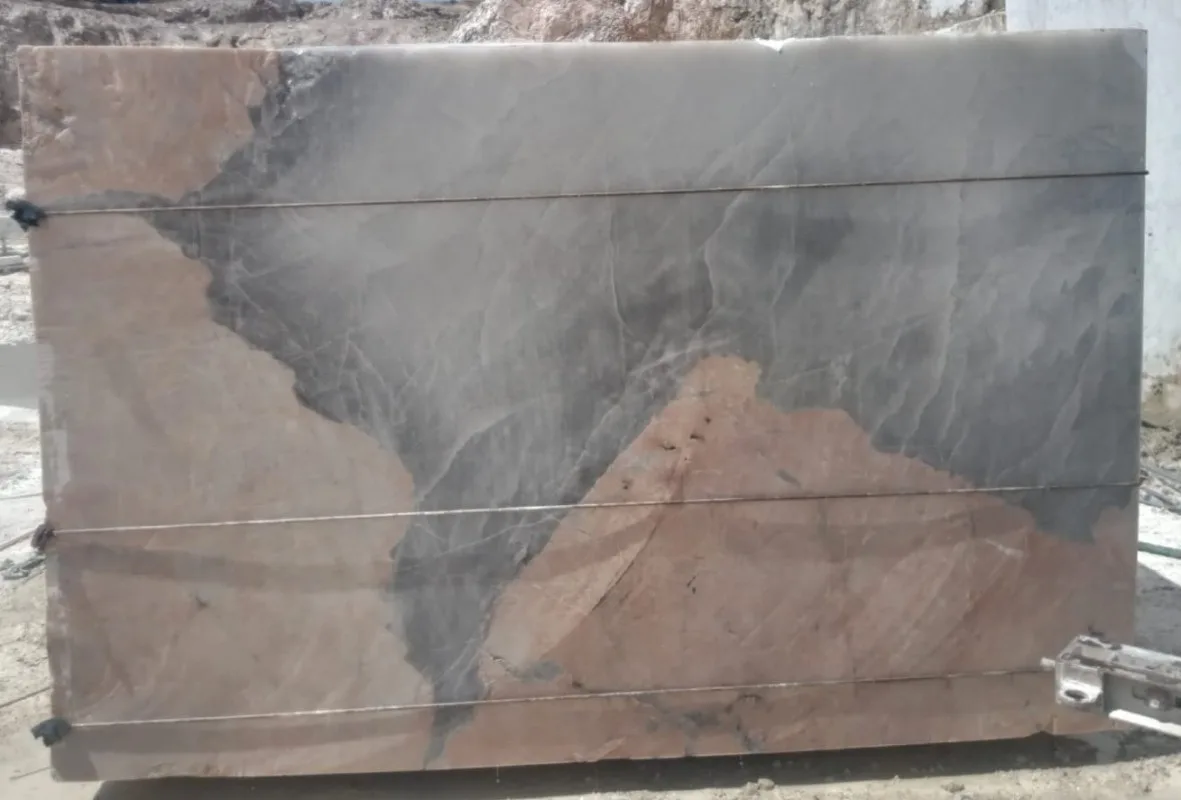
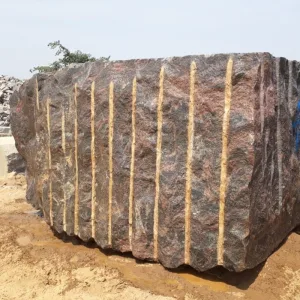
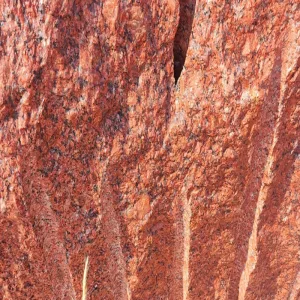
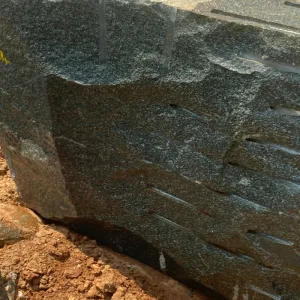
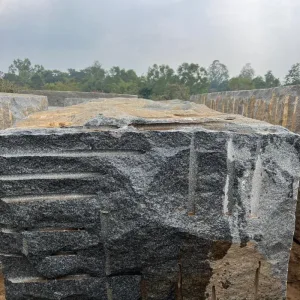
Reviews
There are no reviews yet.